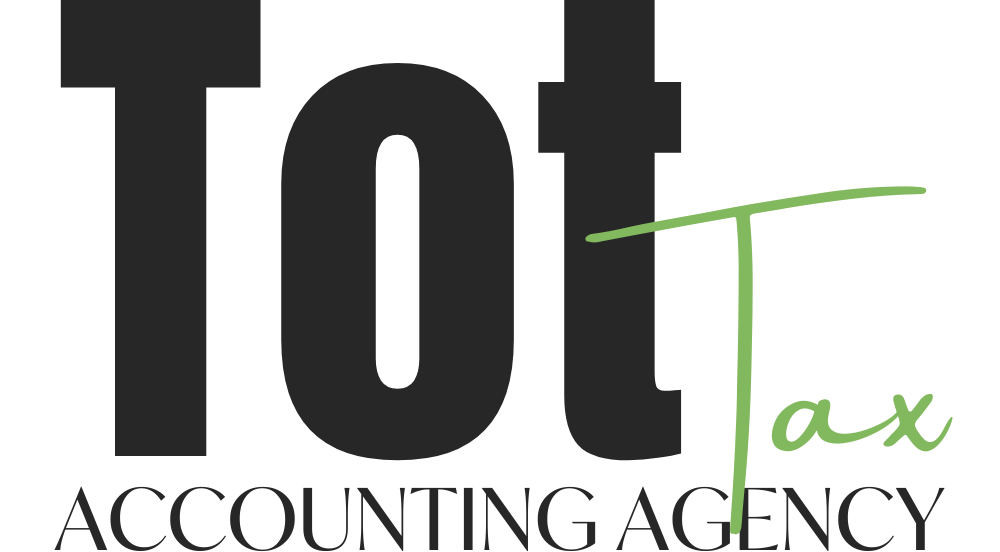Four Important Financial Statements for Your Business
Managing your business requires you to generate and analyze financial statements. Each statement has different information, which is why there are so many statements. To help you out, we thought it would be useful to put together an article discussing which financial statements you need to know about. If this is something that you’re interested in learning more about, read on as we take a look at the most important ones.
Cash Flow Statement
A statement of cash flow is a financial statement created to provide insight into the movement of cash in and out of a company. Its categories, which are based on activities (i.e., financing, investing, operating, and others) differ from business to business. Large businesses typically have separate categories for their financing, investing, operating, and supplemental information, whereas small businesses have only two statements—one for cash outflows and another for inflows. The overarching purpose of a statement of cash flows is to determine if a business is making more money than it is spending.
Income Statement
An income statement shows the company’s net loss or net income. The income statement tracks the money that is coming into the company and also the money that is going out of the company. If the expenses exceed the revenues, then the business has a net loss. The income statement lists operating expenses, non-operating expenses, and sales. Operating expenses are things like advertising. Non-operating expenses are large one-off purchases like equipment or buildings. Goods sold are counted as sales.
Owner’s Equity Statement
There is potential to change the value of an owner’s equity between accounting periods. This change is displayed on the financial statement known as the statement of owner’s equity. The statement of owner’s equity shows information pertaining to how an initial starting equity balance, plus any additions or subtractions, has changed by the end of an accounting period, including what transactions have been made such as withdrawals, dividend payments, or revenue.
Balance Sheet Statement
The balance sheet is a financial statement that doesn't get as much attention as it should. A company's assets, liabilities, owner equity, and equity are listed on the balance sheet. Assets include everything the company owns, from inventory to property, cash, and beyond. All of a company's assets are listed on the left side of the balance sheet. The other side of the balance sheet lists the company's liabilities and equity. Liabilities are inclusive of accounts payable or payment types made on a long-term loan. Equity is also known as owner equity or shareholder equity; it is determined when the liabilities are subtracted from the assets.
The balance sheet is important because it provides a snapshot of a company’s financial position at a specific moment in time, which is important for businesses to understand their company’s debt. The balance sheet shows things like the company’s liabilities and the value of their assets, calculated using specific ratios for things like insolvency and liquidity.
Conclusion
We hope this article proves to be useful when it comes to helping you gain a better understanding of important financial statements for businesses. While this may seem like a lot to take in all at once, this article should give you a good place to start. Be sure to keep everything you’ve learned here in mind so that you run your business effectively.
If you need more help with your taxes, then you’ve come to the right place. Tottax helps optimize taxes for all kinds of professionals. Connect with us for personalized bookkeeping services in Denver.
